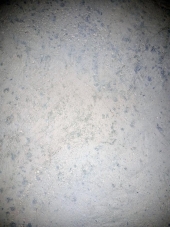
 2
2






 13
13




Gardens in my mind never need water
Castles in the air never have a wet basement
Well made buildings are fractal -- equally intelligent design at every level of detail.
Bright sparks remind others that they too can dance
What I am looking for is looking for me too!

 6
6




 7
7




Pearl Sutton wrote:Those are control joints, you need them..
 11
11




 6
6




John Daley Bendigo, Australia The Enemy of progress is the hope of a perfect plan
Benefits of rainfall collection https://permies.com/t/88043/benefits-rainfall-collection
GOOD DEBT/ BAD DEBT https://permies.com/t/179218/mortgages-good-debt-bad-debt
 3
3




Phil Stevens wrote:You could probably use lime mortar to fill those. It never gets really hard and if the slab starts to move, it will give (this is why it's so valuable in stonework and part of the reason really old stone buildings in places like England and Europe are still in good shape). Plain old lime putty with fine sand will work and milk paint will adhere to it without any trouble.








 3
3





| I agree. Here's the link: http://stoves2.com |


